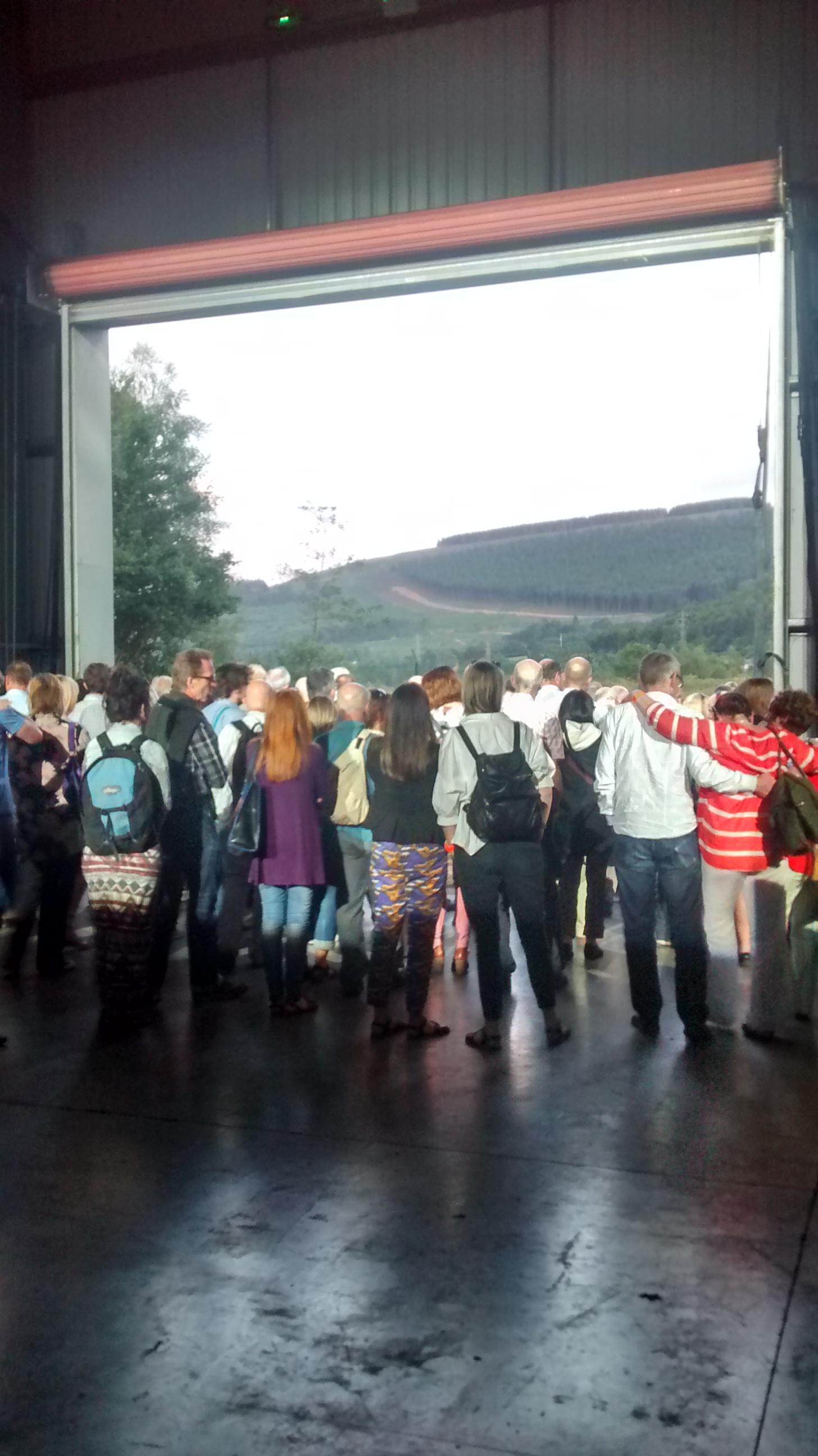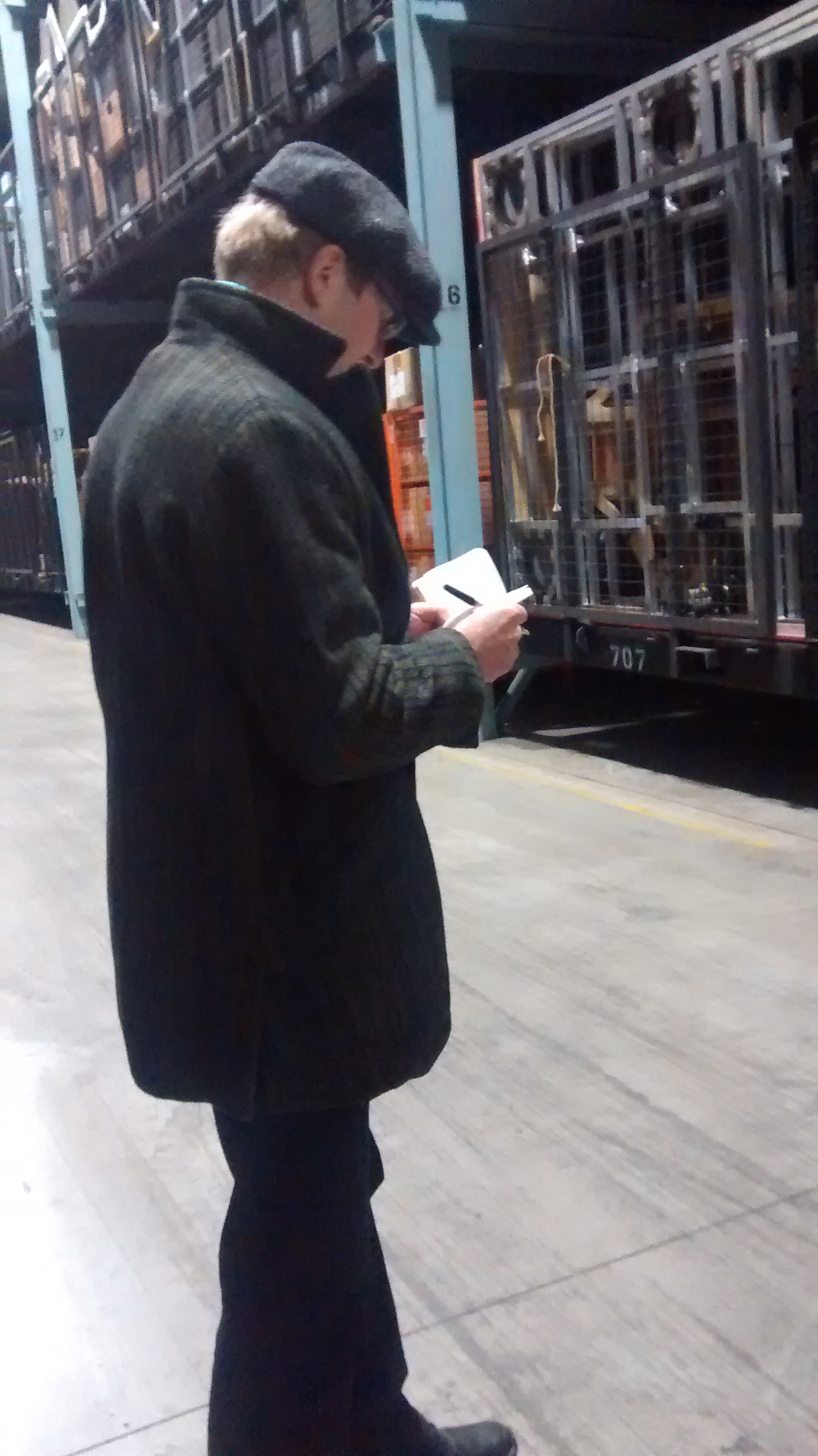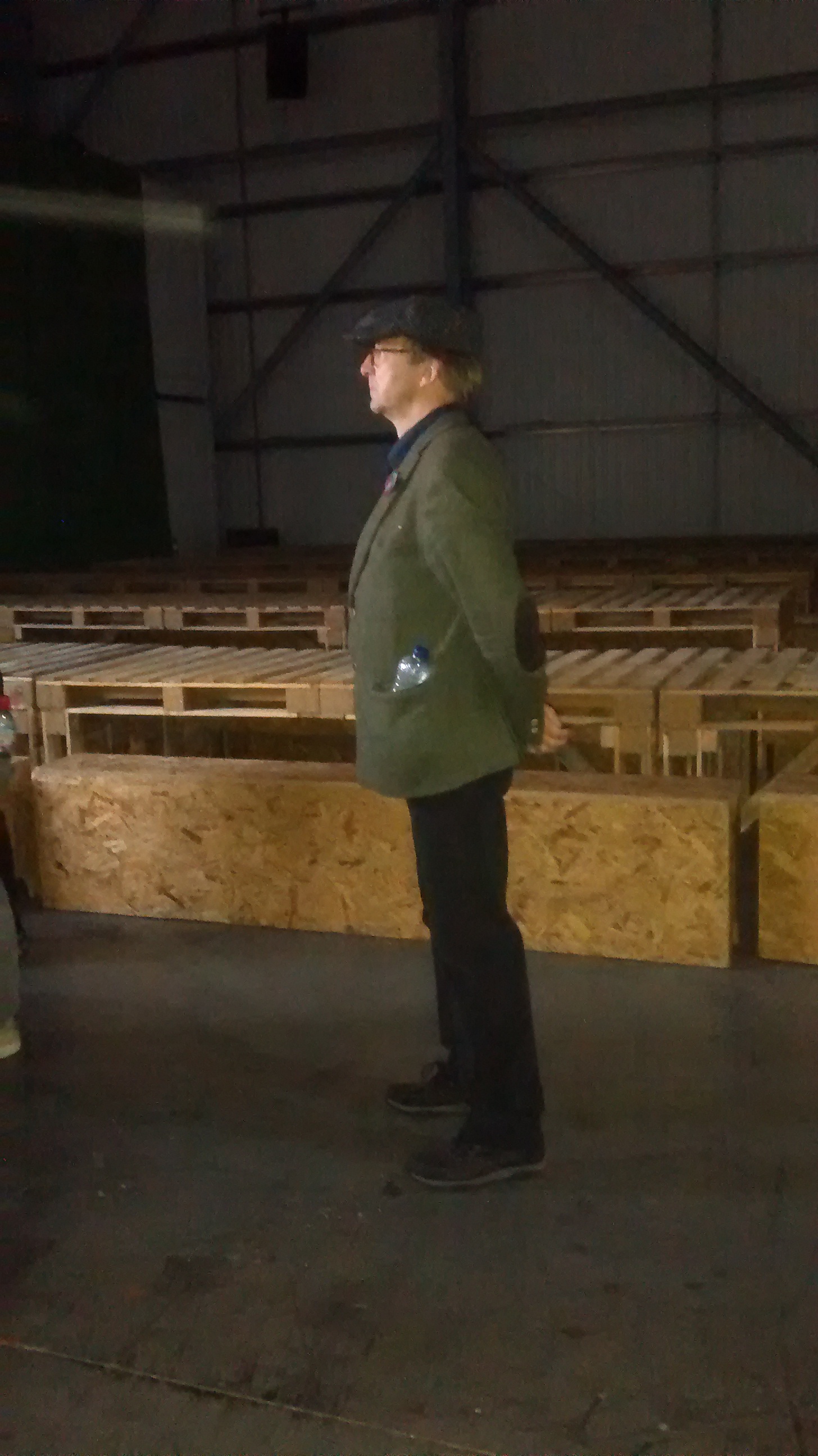Insights: Filling the space with sound
Insights is the series uncovering the stories behind our composing work.
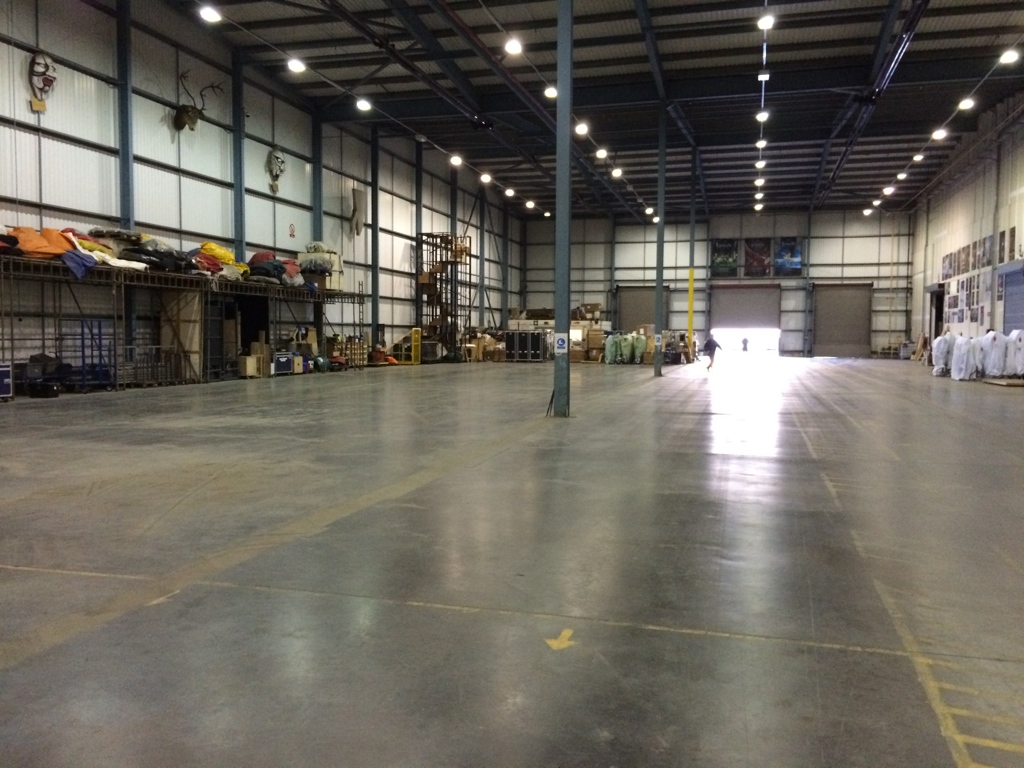
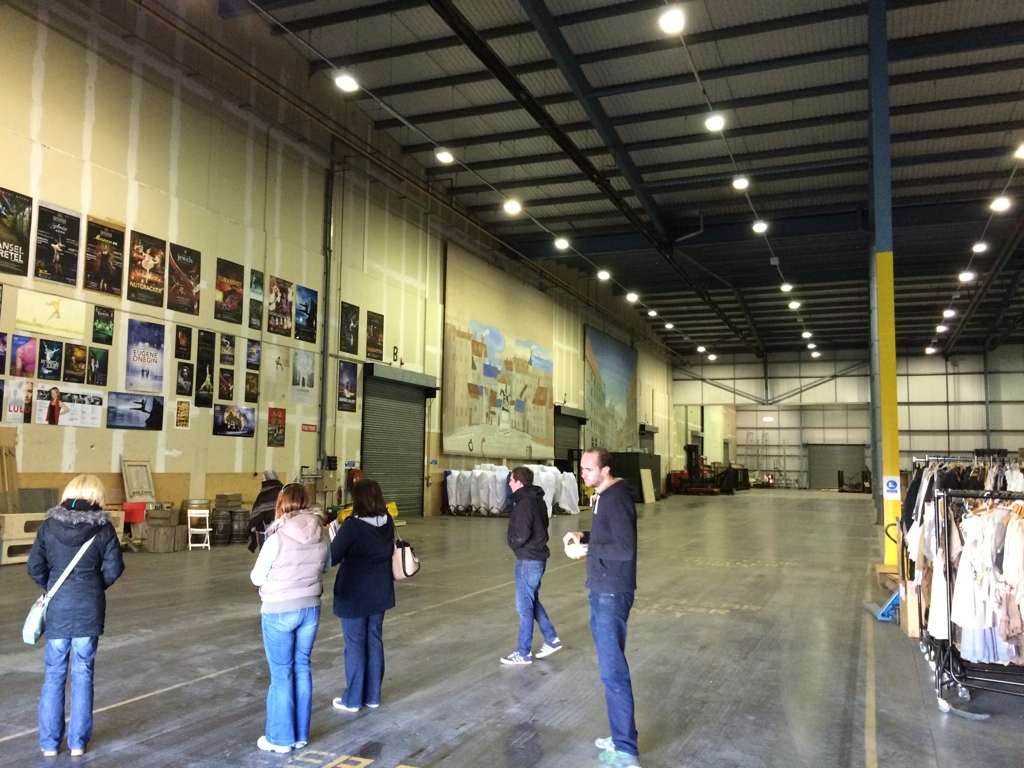
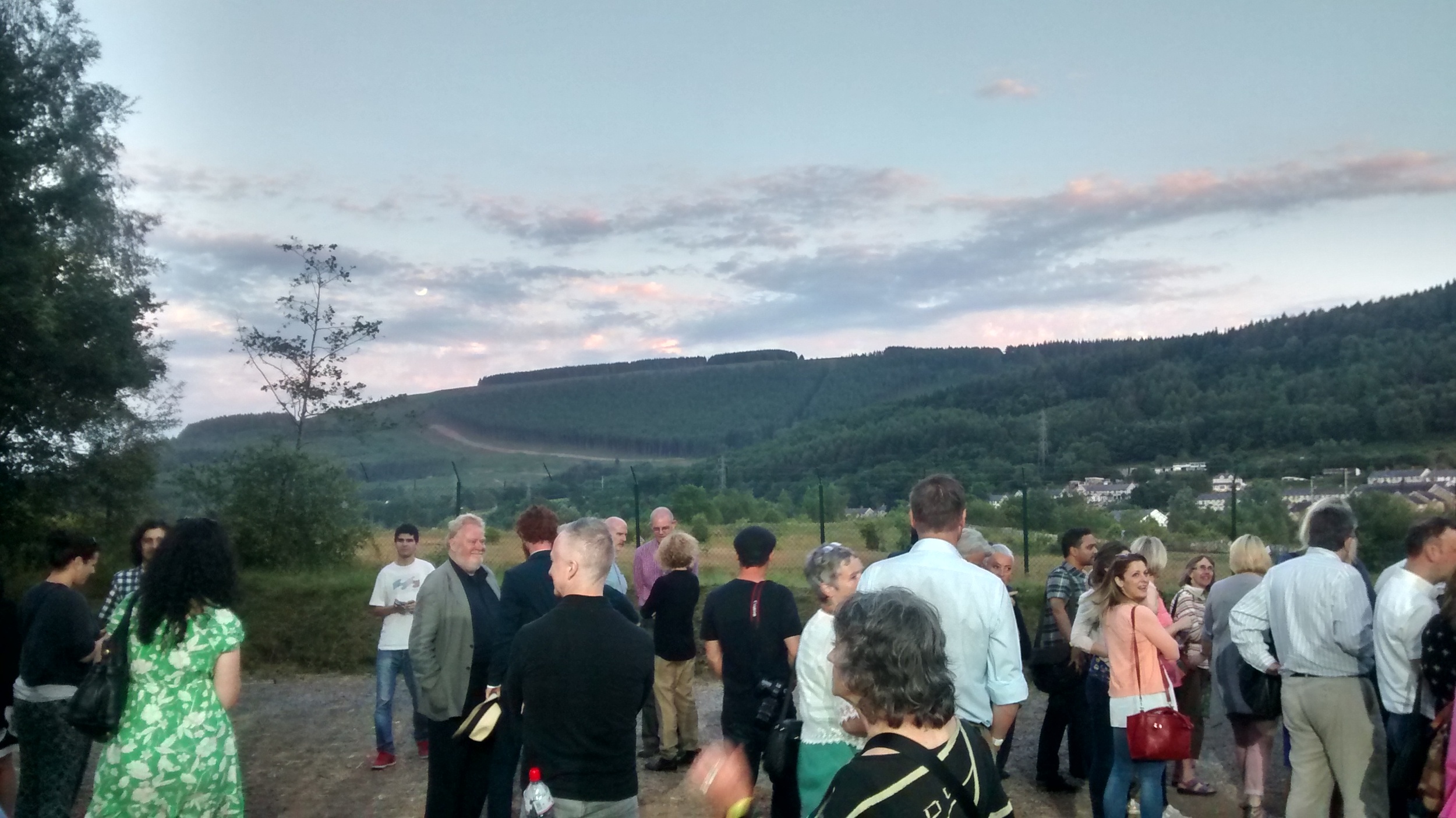
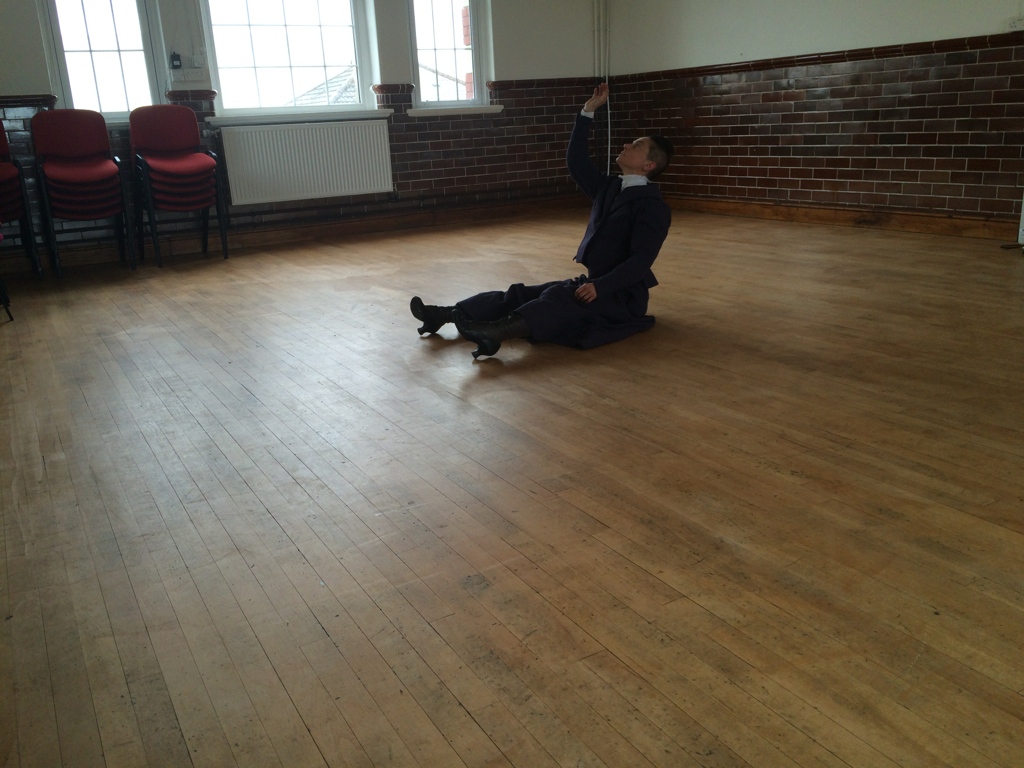
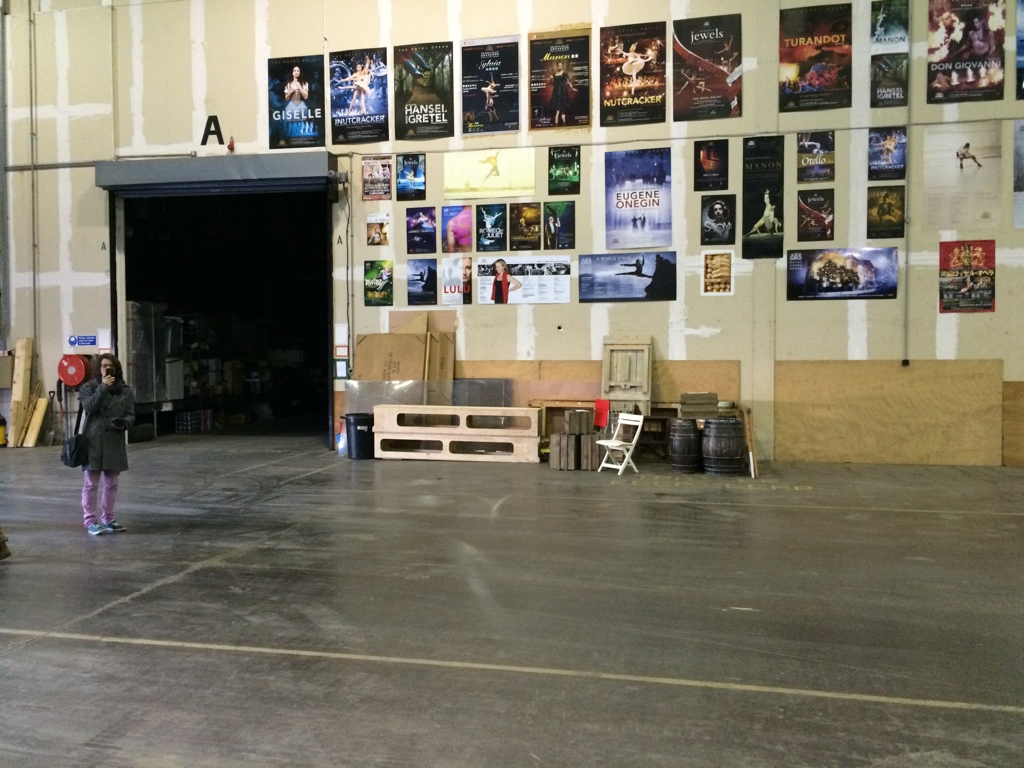

Tic Ashfield on composing for {150}
A Multimedia Performance
{150} is a promenade theatre piece staged in the Royal Opera House storage warehouse in Abercwmboi, South Wales. Directed by Marc Rees, the vast multimedia performance explored the journey and stories of the Welsh settlers who travelled to Patagonia in 1865 to create a Wales away from Wales, in the hope of preserving their language and culture. Reflecting the expansive Patagonian landscape as well as the magnitude of the difficulties presented by the land, the vast ROH warehouse became the perfect space to present theatre, dance, music, film and history on a grand scale. As a composer, the challenge of creating prerecorded sound and music for such a large and potentially acoustically unruly space was an exciting one, and it was great to have the opportunity to visit the warehouse very early on in the compositional process.
Approach To The Soundtrack
Having worked with both Marc Rees and Creative Producer Sian Thomas before, as well as National Theatre Wales and Theatr Genedlaethol Cymru, I knew that I would have the creative freedom to fill the space with sound, and so I aimed to create rich and gradually evolving textures to accompany speech, dance and film. The soundtrack featured sound sources that would hopefully appear authentic to the audience: harmoniums, chugging tractors, the repeating sound of looms. Closely miked violin was also included, producing grainy, harsh yet beautiful textures, performing compositions influenced by old Welsh hymns.
Sources and Flavours
Marc Rees and the team twice went over to Patagonia, a journey of some 12,000km, during the development of production. It was here in a Patagonian chapel that Marc recorded some snippets of sound played on an old harmonium and sent them over to me by email whilst he was there. I decided to experiment with the sounds, not realising that the music I would create with them would go on to be one of the main sonic ideas in the show. I chopped the audio up into small sections, creating segments of sound which I thought would best form the basis of musical structures. These segments were then sampled, time stretched and used in their original form to create dense and evolving textures. The sounds were then contextualised through the use of space; the soundscapes where placed into convolution reverbs (natural occurring acoustic spaces accurately captured as opposed synthetically created reverb) of chapels and vast outdoor spaces, enhancing the the personification of the land itself. Some of the harmonium recordings where extensively manipulated, so that simple harmonium notes recorded on a handheld recorder could then be transformed into almost aggressive, juddering textures through a chain of effects processing.
Music For Strings
After this process was complete, other textures and soundscapes were created using similar compositional techniques: the layering of material derived from organic sources. Further harmonium textures were made, this time using close miking techniques in the studio. Much of the music for the production derived from the old Welsh hymn Crug y Bar, including live vocal arrangements made by John Hardy. In the case of the close harmonium recordings Crug y Bar was recorded again to be used in the show. Sustained notes centred around the hymn were also recorded to be used in further textural ideas. These notes were used to create thick drone textures, sounding not dissimilar to a cathedral organ. Central to the visual narrative of the production was the ‘Patagonian Brethin’: fabric with a specific pattern which appeared throughout the production on large screens and as a part of the dancer’s costumes. The Patagonian Brethin is a traditional Welsh style of tartan plaid, created by the Pembrokeshire wooden mill Melin Tregwynt specifically for use in the show. The sound of the loom producing this material therefore also played a central role. A percussive soundscape was created using the recorded loom clunks and whispering to accompany the dancers, their choreography being structurally based upon the pattern as well.
Galesa
Alongside all of these lush textural soundscapes we also went about creating a gradually building string texture, one which would feature throughout the performance, coming to a climactic finish at the end of the show. Reflecting the conceptual aspects of the show, John Hardy designed the piece to be 150 beats per minute with 150 bars of 5 beats. Composed by John, performed on violin by Benjamin Talbott and recorded produced and arranged by Tic and John, the piece consisted of various notated segments which in combination travel through interrelated rhythm and textural ideas as well as visiting various tonal centres. After the recording session, time was then spent in the studio arranging these ideas, building a work which at two points gradually rises, to return to soft, quiet textures, with a final tutti crescendo at the end of the work. The use of this piece made for a very dramatic ending to the show, the music being perfectly timed with the reveal of the beautiful South Walian valleys landscape, a lone dancer looking out into the distance.
Sound Design and Realisation
In tandem with the making of the {150} theatre soundtrack was the creation of the Galesa film score. Produced by Joio production Company and filmed entirely in Patagonia it follows the actor Elizabeth Fernandez as she returns to Patagonia after working in Cardiff on S4C’s long running Welsh language soap opera Pobol y Cwm. Here, Benjamin Talbott and I composed the soundtrack for the film, sections of which also feature as a series of cinematic inserts in the theatre production to create a ‘structured reality’ style presentation of her personal journey.
It was a fantastic experience hearing the sound in the space. As always it was a joy to work closely with sound designer Mike Beer in getting the best sound quality within such a vast and specific space. For me, the show as a whole presented a visually and aesthetically beautiful method of story telling, and it was wonderful to be able to contribute to the production.
Tic Ashfield

